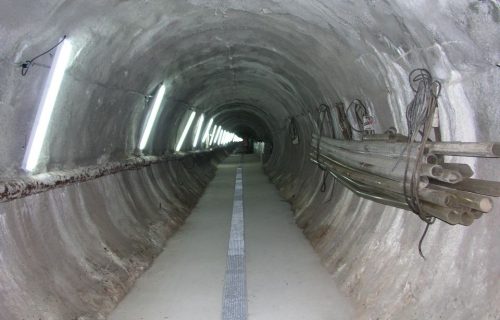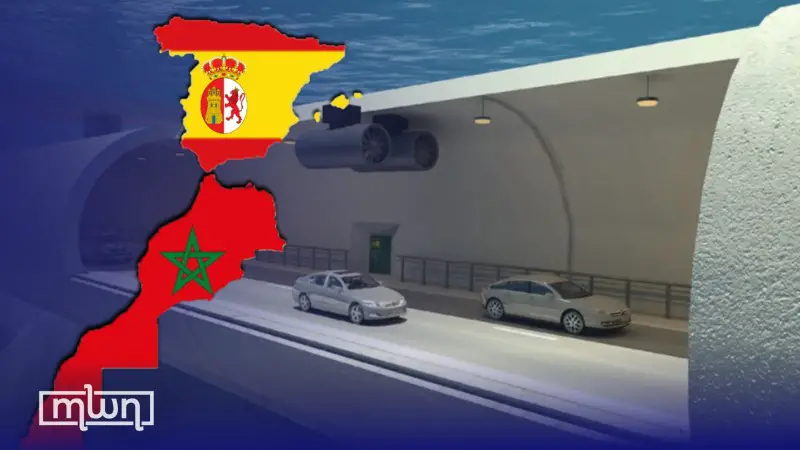It has been revealed by The Daily Telegraph that Africa-Europe Tunnel Studies Studies (financial and strategic studies) are reportedly being conducted for the implementation of the £6 billion high-speed railway route that is set to run across Strait of Gibraltar linking Spain and Morocco and is expected to commence its operations by the year 2030.
As recently reported, currently the Moroccan National Company for Strait Studies said that they are now busy working trying to figure out funding for the Morocco-Spain tunnel project that has been quoted at a price of £6 billion.
The underwater part of the Africa-Europe Tunnel is expected to span a distance of 28 kilometers with its deepest point expected to be at 475 meters below sea level. The plans for the tunnel would see it connect Punta Paloma which is located in the southern part of Spain and Malabata, which is located in the east of Tangier, Morocco.
The ongoing talks between both Morocco and Spain have brought to light that they to have dig the Morocco- Spain Tunnel and to have completed before the start of the 2030 FIFA World Cup that is set to be co-hosted by Spain, Portugal, and Morocco. This world cup will be the very first world cup in history to be held by three countries across two separate continents and the first to be held in Africa since the year 2010.
Capacity of the Tunnel
As revealed by the Spanish Society for Fixed Communication Studies across the Strait of Gibraltar (SEGESCA), the tunnel once complete could enable the travel for 12.8 million passengers in a year.
The first proposals for the “Europe-Africa Gibraltar Strait fixed link” were first mothballed in the year 2009 but were later brought back to life in April 2023 when the Spanish-Moroccan commission for this tunnel project met again for the first time after a period of 14 years.

Challenges Facing the Africa-Europe Tunnel Studies Project
The studies on the tunnel connecting Spain to Morocco date all the way back to the 1930s when Spain first presented a proposal and it got to hire engineers to conduct studies on the geology of the crossing. However, a major problem was encountered as after the discovery that the rock that lies under the Strait was very hard therefore making the possibility of digging a tunnel nearly impossible with the technology they had during the time.
During the year 2006, Lombardi Engineering, a Swiss company, was awarded the contract of drafting a design of the Spain-Morocco Railway Tunnel. With its studies that they undertook, the company compared the construction of the Spain-Morocco tunnel with that of the Channel Tunnel but it stated that both the depth and geological conditions would make the construction works of the project even more complex. This is as a result of the existence of two deep Quaternary clay channels in the middle of the Strait and as a result of the presence of a major geologic fault, the Azores-Gibraltar Transform Fault, which has resulted to occurrence of earthquake in the region.

The Morocco-Spain railway tunnel project was first officially in the year 1979 as King Juan Carlos I of Spain and King Hassan I of Morocco signed an agreement for the development of this crucial project that is set to boost relations between the continent of Europe and Africa.
Also read: Morocco-Spain High-Speed Rail Route Set to Link Madrid to Casablanca
Europe-Africa Rail Tunnel Project to Connect Two Continents
375km Kentira-Marrakech high-speed railway Tender Issued in Morocco
